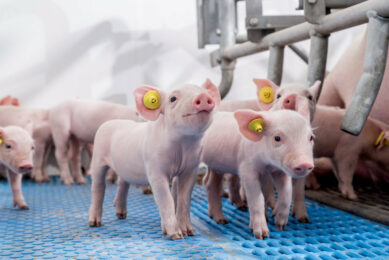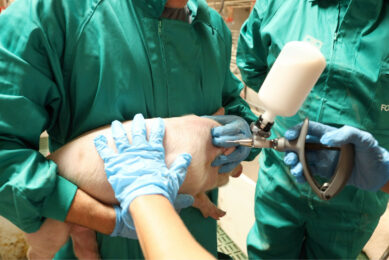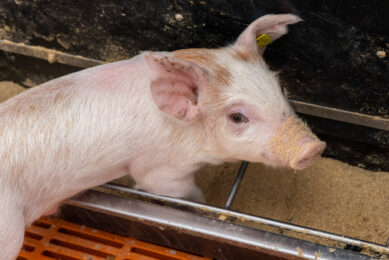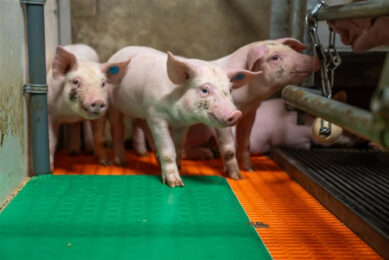The dilemma with small piglets
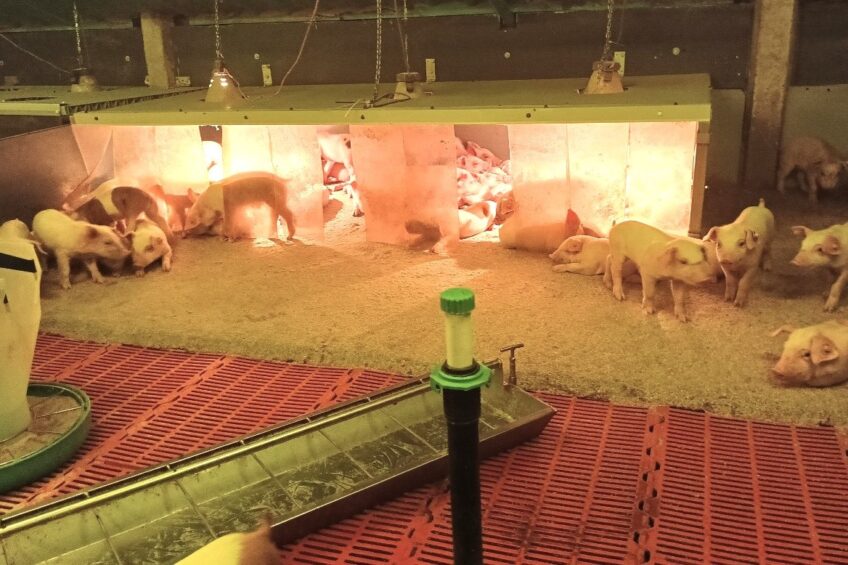
With the increase in litter size, the weight of piglets has also gone down. Small piglets have a higher risk of mortality and usually grow slower, thus increasing within-litter variation. As they are weaker, they may also be a potential risk for spreading disease. This raises the question whether it is worth keeping small piglets alive, as it may come at the cost of the performance of others, writes animal welfare expert Prof Dr Irene Camerlink.
Several studies have shown that piglet survival strongly reduces when the birth weight of the piglet is low. What we consider as low birth weight has changed in the last 20 years, as farms are adapting to the large litter sizes.
Chance of piglet survival
Just as a comparison, my native breed pigs with average litter size of 10, deliver piglets of ca 2 kg, with 3 kg not being an exception. This is ideal for a worry-free low mortality and fast growth, but does not give much added benefit. Studies show clearly that piglets of 1.5 kg at birth have around 95% chance of survival, and this survival rate does not increase much beyond that weight.
Below 1 or 1.1 kg is considered small, but recent estimates show that even piglets of 900 g still have 80% chance to survive the first 12 hours after birth, as was shown in a research by Egbert F. Knol and others in 2022. This shows that small piglets can still be vital enough, but it also shows that farms are doing better in keeping small piglets alive.
Small versus growth retarded piglets
Piglets can be small and fully developed but can also be growth retarded. Intra-uterine growth retardation (or restriction) (IUGR) is more likely to occur in large litters due to intra-uterine crowding, and these piglets have not yet fully developed. They can be recognised by the typical dome shape of the forehead and the relatively larger bulging eyes.
These piglets are usually smaller, but also face additional difficulties in staying alive, such as reduced maturity of the brain and digestive tract. However, even these piglets can overcome their disadvantage, depending on the severity of IUGR and the opportunities they have for food and warmth.
Keeping piglets alive or not?
Putting effort into small piglets may work well for farms where the sows have enough functional teats to nurse the litter, or farms that have additional systems for raising surplus piglets. When the litter size outnumbers the functional teats and there are limited options for raising surplus piglets, then the small piglets must compete with the others.
This either leads to the small one quickly losing weight, or to a good piglet falling behind. Surprisingly, the little piglets can despite their size be fierce competitors. Unfortunately, their behaviour may also relate to aberrant social behaviour later on, although research studies are contradicting each other on this aspect.
Difficult decisions
Whether keeping small piglets alive is beneficial for the farm profitability will depend on the farm’s possibilities to provide them with the warmth and nutrition they need, without disadvantaging other piglets.
Small piglets have a surprising capacity to overcome their lag and can make marvellous recoveries. However, if there is no opportunity to do so and they are falling behind further, then do decide timely on what is best for their welfare.



